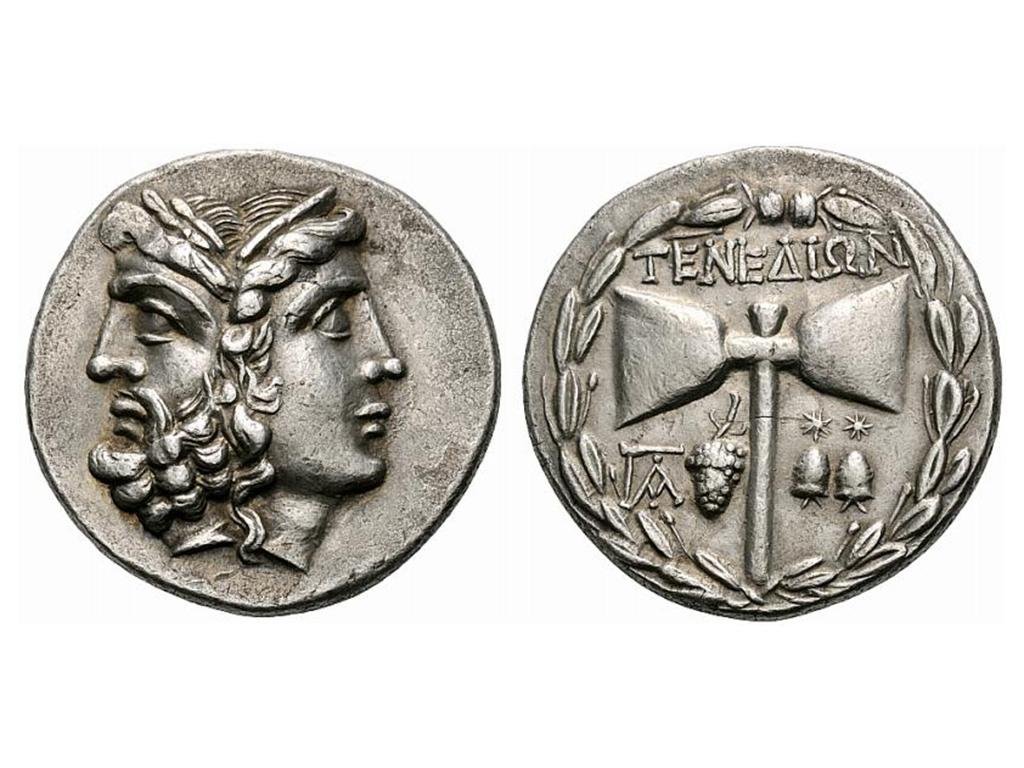A team of researchers led by archaeologist Dr. Elena Korka, under the auspices of the Directorate of Prehistoric and Classical Antiquities of the Ministry of Culture, has unearthed a remarkable treasure trove and significant ancient ruins in Tenea, an ancient Greek town near Corinth.
 Greek Silver Tetradrachm of Tenedos. Credit: Exekias, CC BY 2.0
Greek Silver Tetradrachm of Tenedos. Credit: Exekias, CC BY 2.0
The Ministry of Culture made the announcement on Tuesday, detailing the remarkable findings that span various historical periods.
The recent excavations, concluded in October 2023, revealed a portion of the Hadrianic aqueduct, a monumental hydraulic structure from the 2nd century CE, near the Roman baths along the Karkana River.
This aqueduct, considered one of Greece’s largest hydraulic works, supplied water to ancient Corinth from Stymphalus. The structure, with external vertical walls reaching 3.20 meters in height, displayed a semicircular vaulted roof.
Accompanying this monumental discovery was an extraordinary treasure comprising 29 rare silver ancient Greek coins, dating from the late 6th century BCE to the 330s BCE. Noteworthy among them were three staters of Elis minted at Olympia during different Olympic Games, staters of Aegina featuring a land turtle instead of a sea turtle, and staters of Stymphalos, Argos, and Opuntia Lokron.
Additionally, a stater from Thebes in the 5th century BCE depicts Hercules suffocating two snakes with his hands. The Ministry of Culture highlighted the exceptional rarity and historical significance of these coins.
Dr. Elena Korka said: “The presence of this treasure is linked to the findings of ritual use, including female and animal figurines, miniature vessels, and others, discovered last year and continued to be found this year.” This supports the theory that Tenea was established as a cult site by Trojan prisoners of war after the Trojan War, as granted by King Agamemnon, according to Greek mythology.
The excavations further unveiled a prehistoric settlement dating back to the Early Bronze Age II (2600–2300 BCE), confirming the area’s habitation before the fall of Troy. Additionally, a rich building complex spanning from the late Archaic times to the Hellenistic period was discovered. This complex included individual areas of cult use, with three intricately designed cisterns, one featuring a cathodic-anodic scale.
The archaeological significance of Tenea gained prominence in 2018 when Dr. Elena Korka’s team first discovered the remains of this once-mythical city, challenging previous ᴀssumptions about its existence. The initial excavations exposed a vast necropolis dating back to the 4th century BCE to the Roman era.





